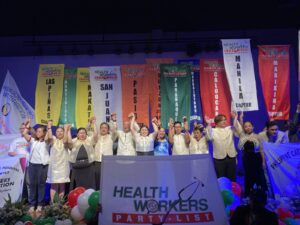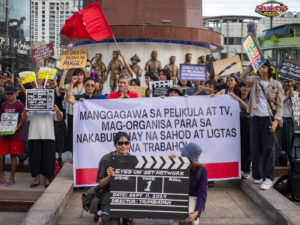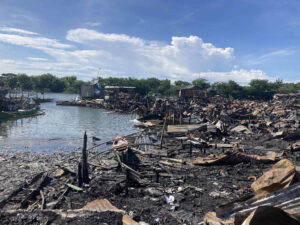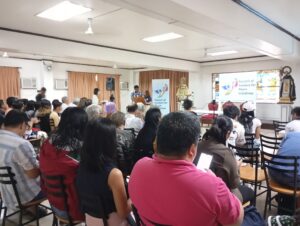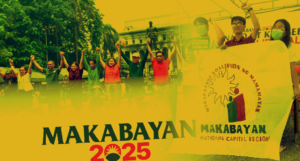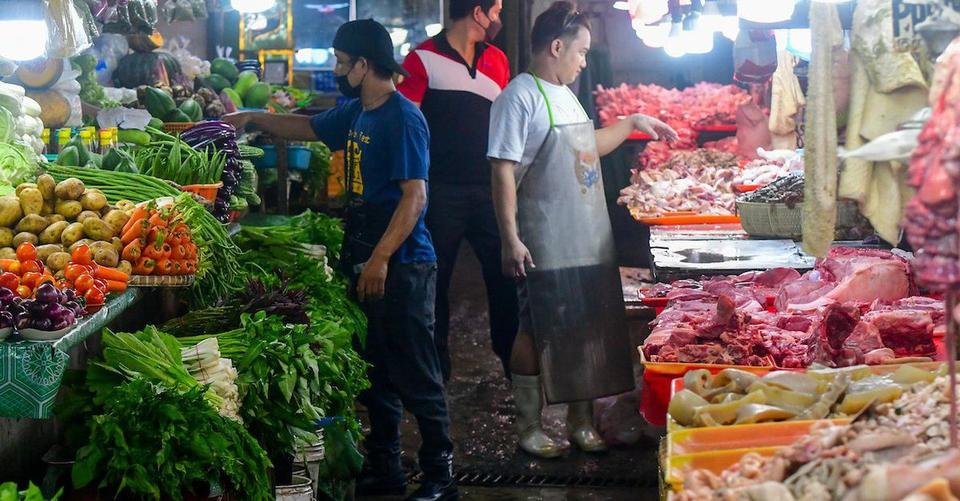
State uses unrealistic standard of poverty to keep Filipinos' wages and salaries down
The ₱21/meal standard for being considered “food poor” and ₱91/day to be considered “poor” drew widespread denouncement. These unrealistic standards were revealed during hearings in Congress and the Senate regarding the national budget for 2025.
Using this standard, the current regime boasted that the number of Filipinos in poverty has “declined” from 18.1% in 2021 to 15.5% in 2023. More to the point, the state is using this standard to pull down and freeze wages and salaries at very low levels.
Since 2012, the two-tier wage scheme has been implemented in the Philippines, where the first tier of wages is set at the “poverty threshold” per region. In 2023, the state only set the national poverty threshold at ₱13,873/month or ₱462.43/day. The standard in the National Capital Region is slightly higher at ₱15,713/month. The poverty threshold is lowest in the Bangsamoro Autonomous Region in Muslim Mindanao at ₱12,884/month.
The second tier is based on the “productivity” of the worker which is set by the company. The first tier comprises almost the entire wage because the law does not oblige private companies to raise wages based on worker productivity, however high it may be.
In addition to setting wages, the poverty threshold is also used to determine who needs aid, or how much the state will allocate as financial aid.
Due to the widespread impact of the “poverty threshold” on millions of workers and employees, it is only appropriate to change it to reflect the true needs of Filipinos, the Ibon Foundation said.
First, Ibon said the content of the “subsistence food basket” should be changed to a list of foods for a balanced and healthy diet. Filipinos can’t just eat noodles or mongo all the time. Also, the price of these foods should not be set at what the state says is “cheapest” which does not happen in the real world. An example of this is the ₱7 price of noodles and ₱4 for a pack of 3-in-1 coffee.
The calculation of the “non-food” requirement must also be actual and not fabricated. It should list realistic costs for housing, water, electricity, fares, medicine and medical services and other basic needs.
In Ibon’s study, it is more realistic to look at the number of Filipino families living below the living wage. Here, 13.7 million families live on ₱23,000/month or less, while 19.2 million live on ₱29,000/month or less. Using the living wage as standard, a 5-person family needs a minimum of ₱28,500/month to live decently.

